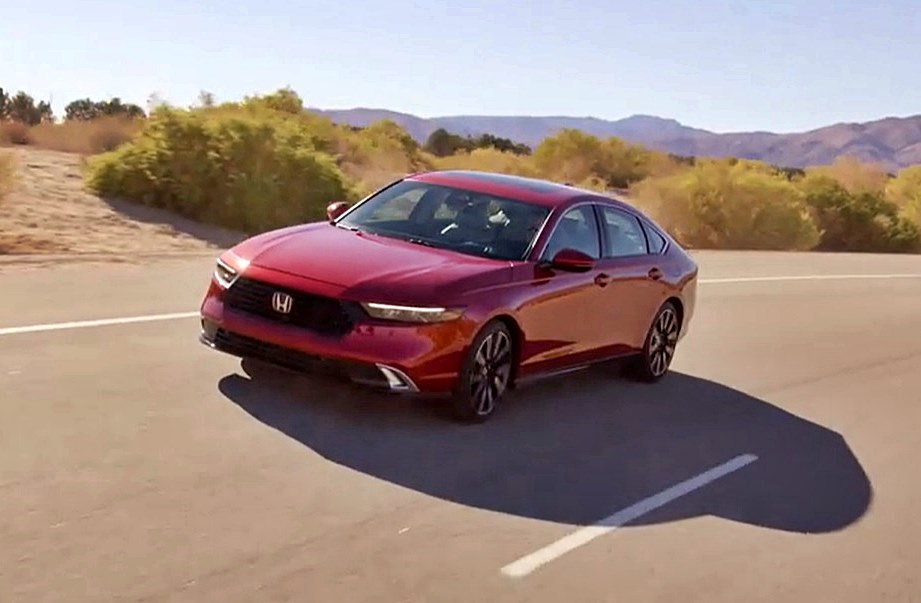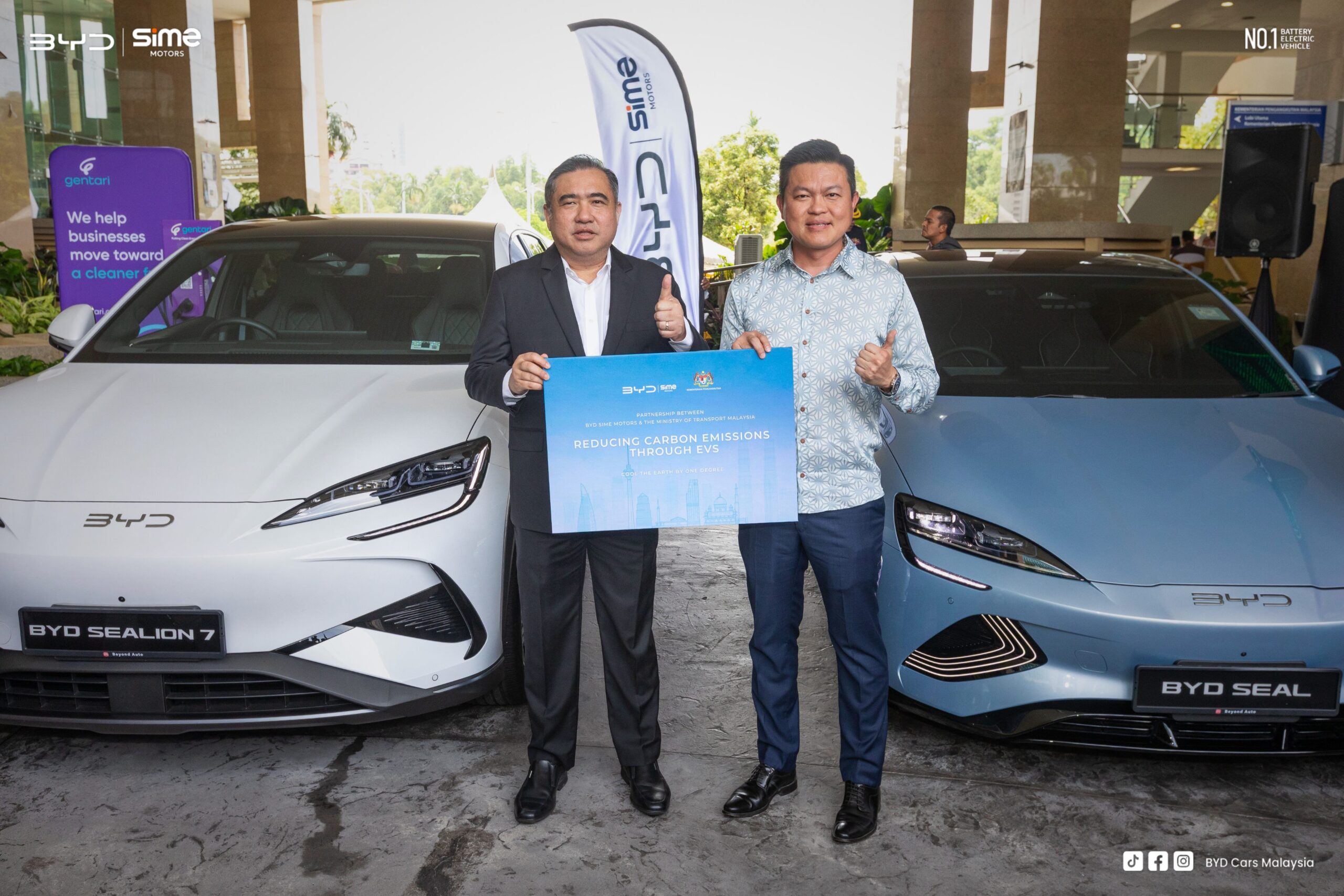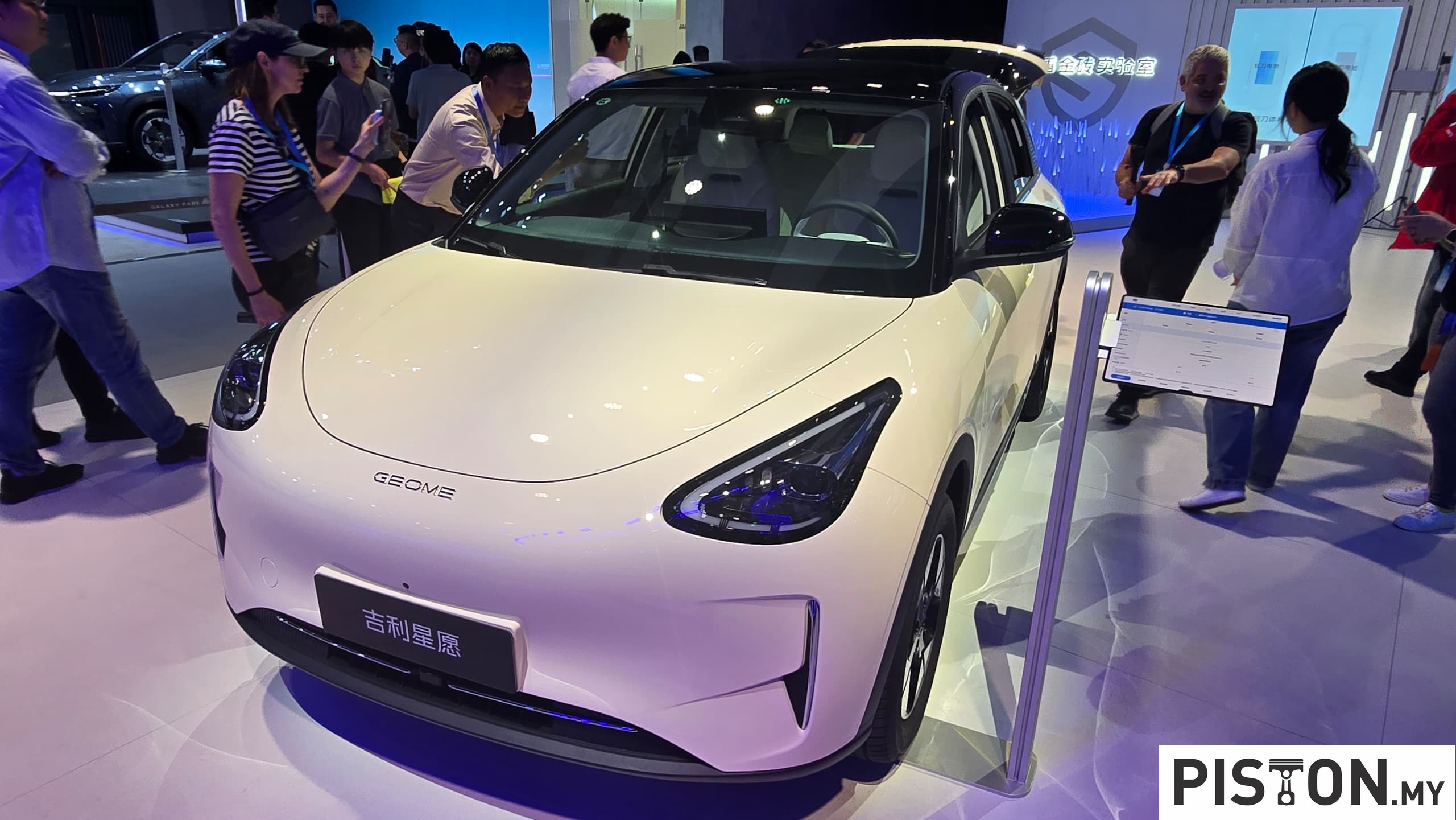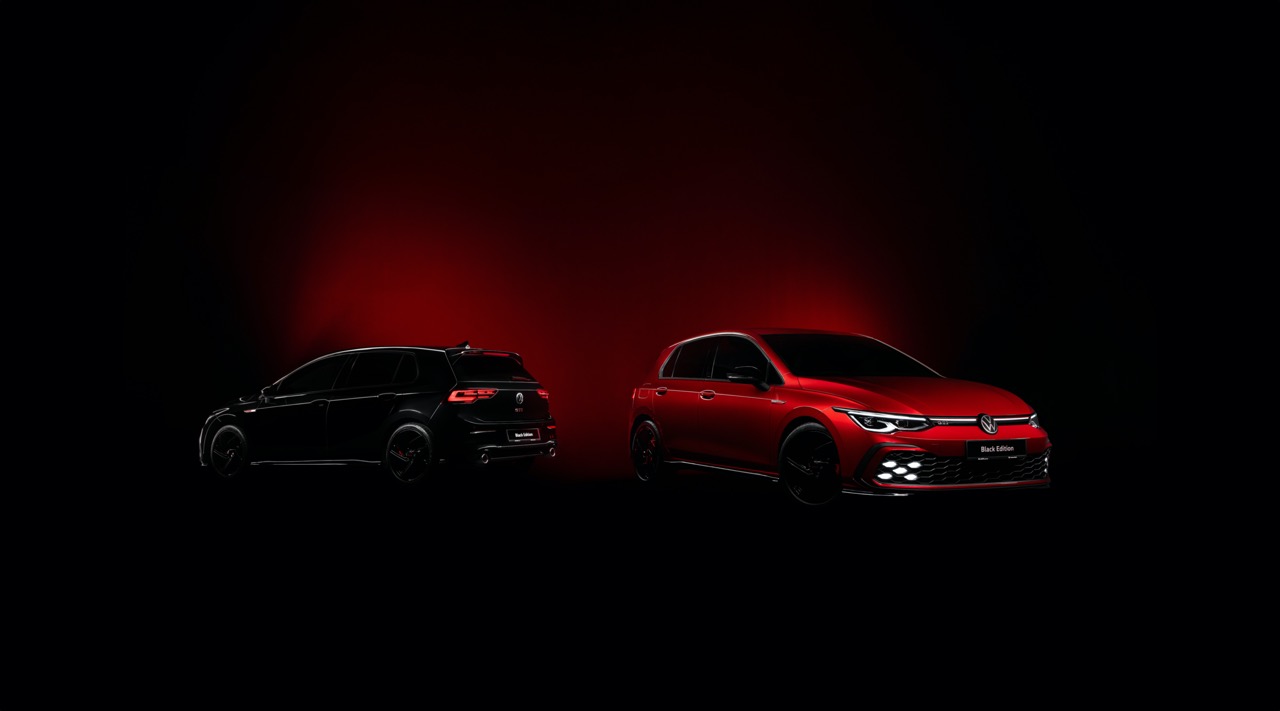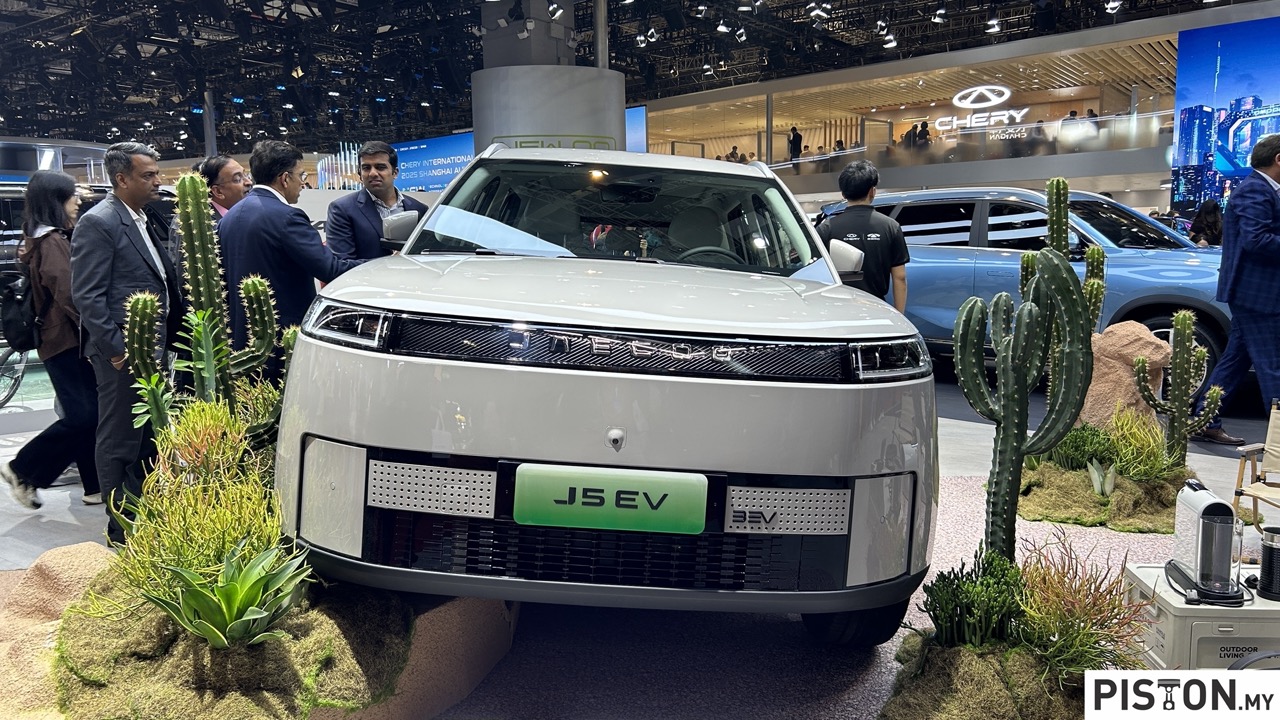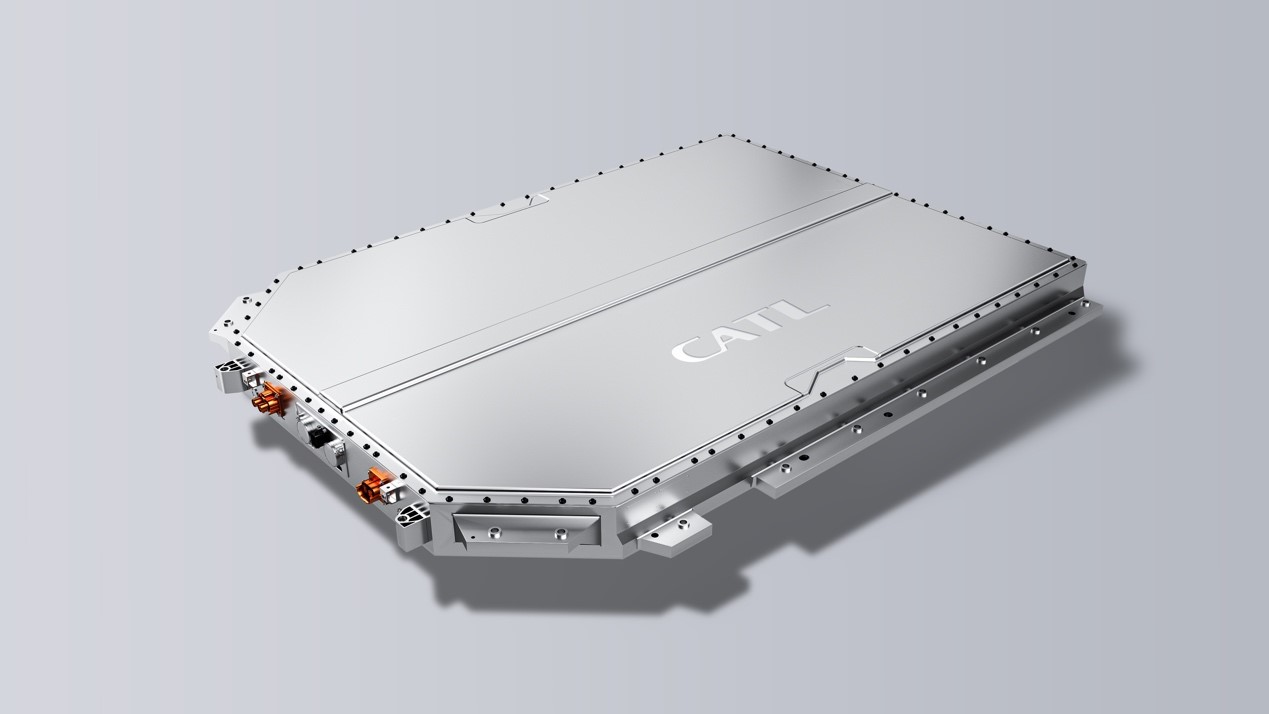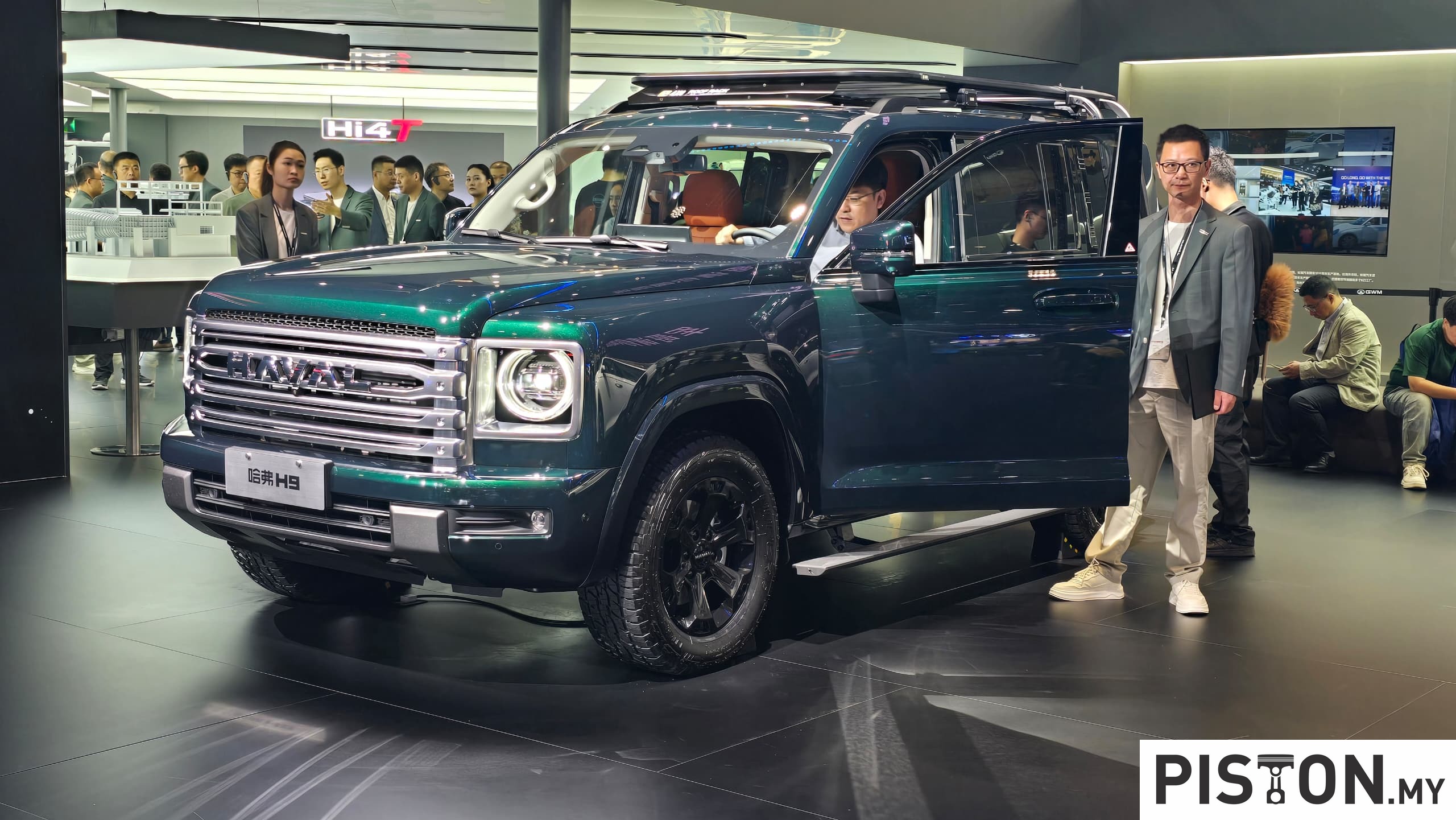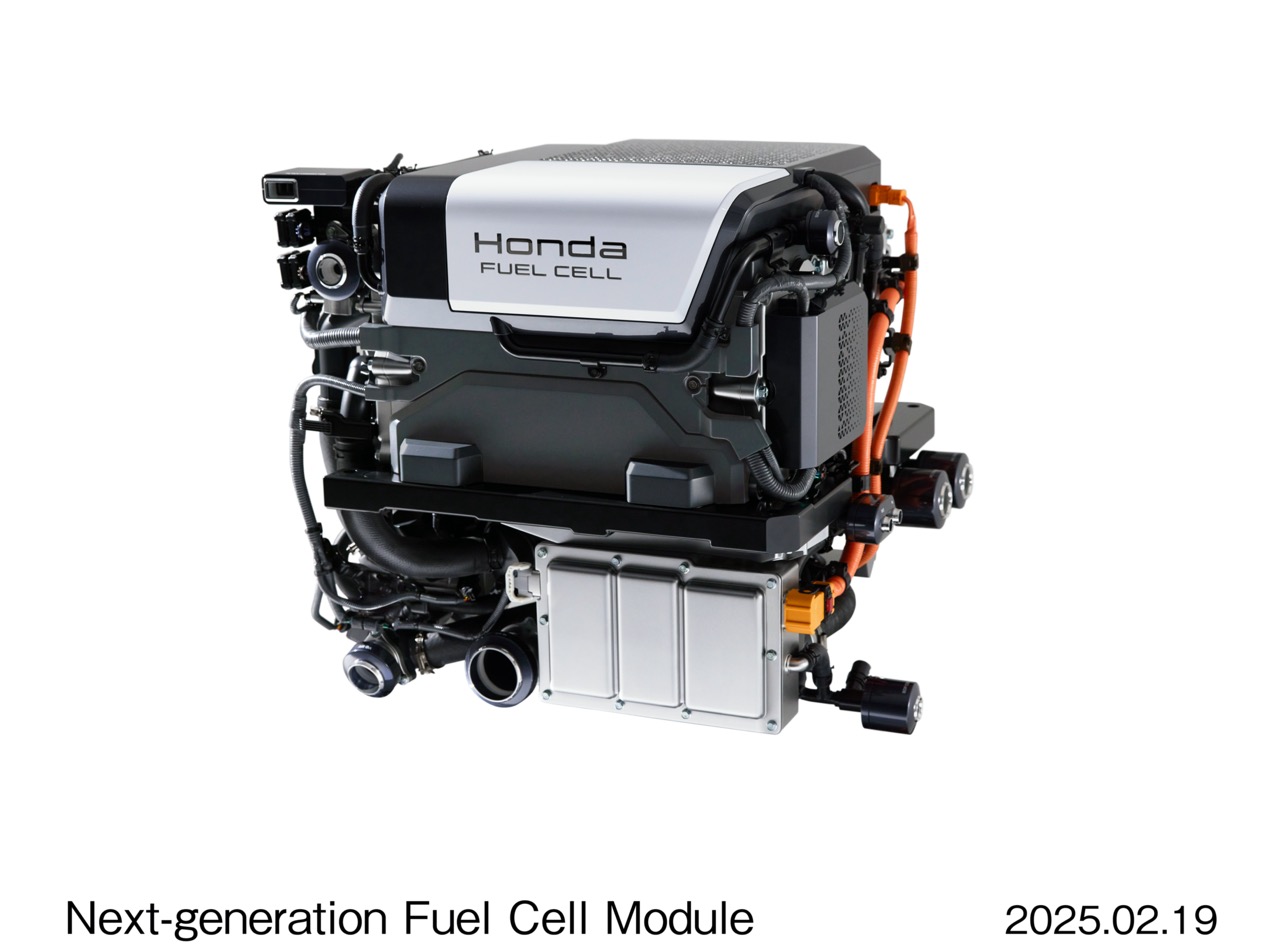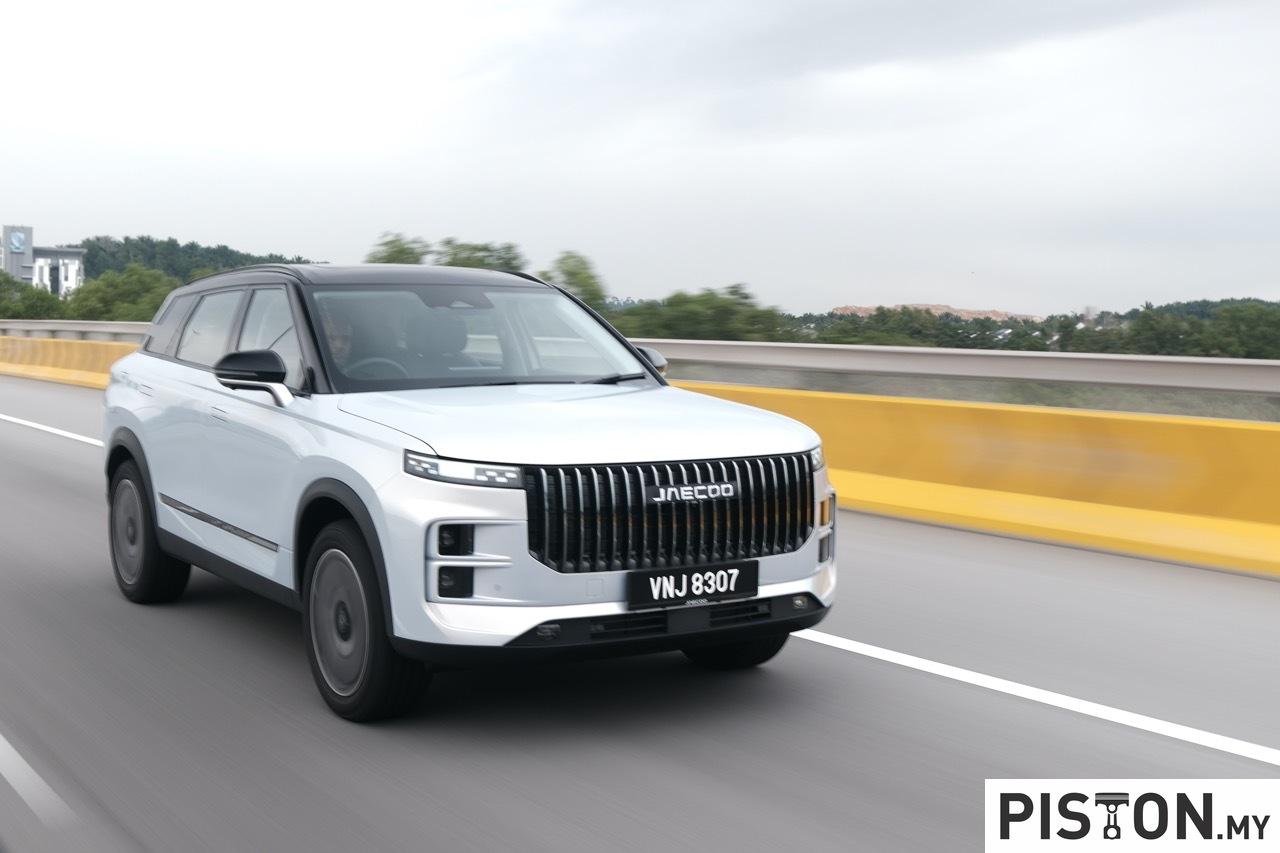The Honda Accord is of special significance in the American market, being not only the brand’s first model manufactured there in 1982 but also the first foreign model to become the bestselling car in America in 1989. Since then, it has been among the top sellers in the country which used to be the largest car market in the world before China displaced it.
With its success and popularity over 5 decades, it’s not surprising that the 11th generation also makes its debut in America, as has been the tradition for some time. With this new generation. Honda is furthering its electrification strategy and expects the hybrid versions of the new Accord to account for at least 50% of sales of the model.
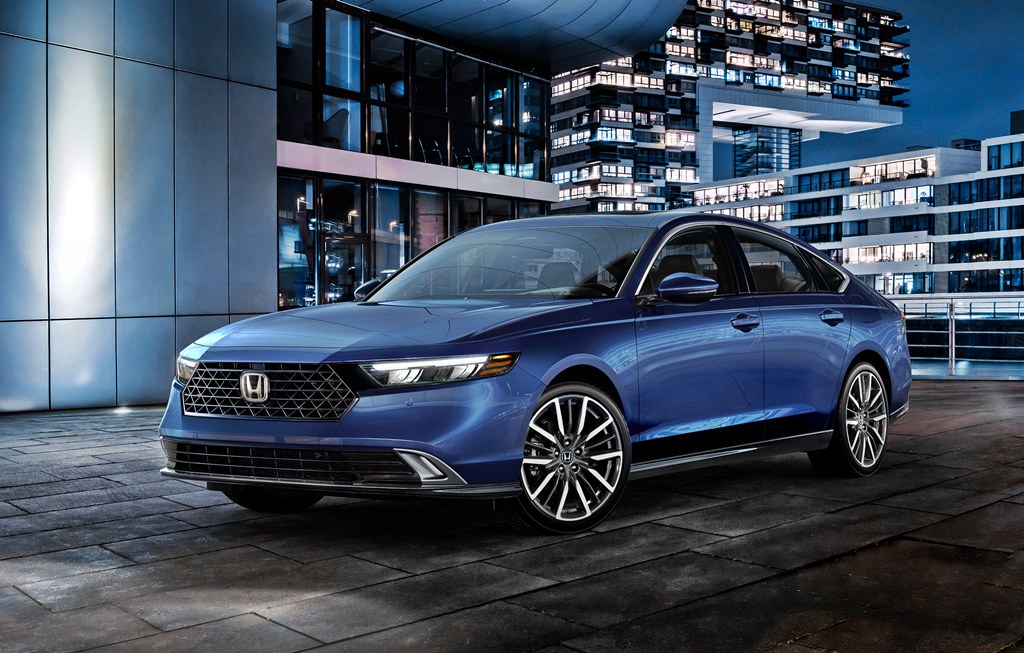
The 4th-generation hybrid-electric powertrain has a pair of electric motors that are now mounted side by side and a new 2-litre Atkinson cycle 4-cylinder petrol engine with direct fuel injection. The layout allows for the use of a larger propulsion motor with increased torque. The combined system output is 204 ps, while traction motor peak torque has been increased to 335 Nm.
The powertrain is more responsive and significantly more refined at highway speeds. Linear Shift Control mimics the car’s speed-linked rev feel associated with a conventional drivetrain shifting gears under acceleration. Changes to the hybrid control system have also improved the management of engine and electric power in different conditions for a better driving experience.
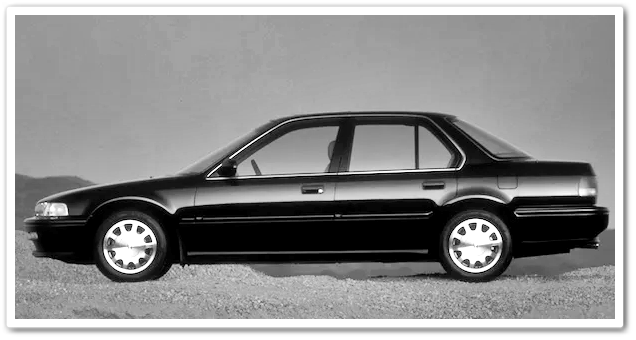
The new Accord is also available with the familiar 1.5-litre turbocharged 4-cylinder VTEC engine to offer a lower-priced alternative. The engine has been updated for additional refinement and reduced toxic emissions. Enhancements include an upgraded direct-injection system and new cold-active catalyst, plus a high-rigidity crankshaft and oil pan to reduce engine noise.
The CVT for the 1.5-litre engine has also been updated to reduce noise. Significant drivability and performance improvements were also made and include Step-Shift programming that simulates gear changes at full throttle so the driver has a more familiar feel.
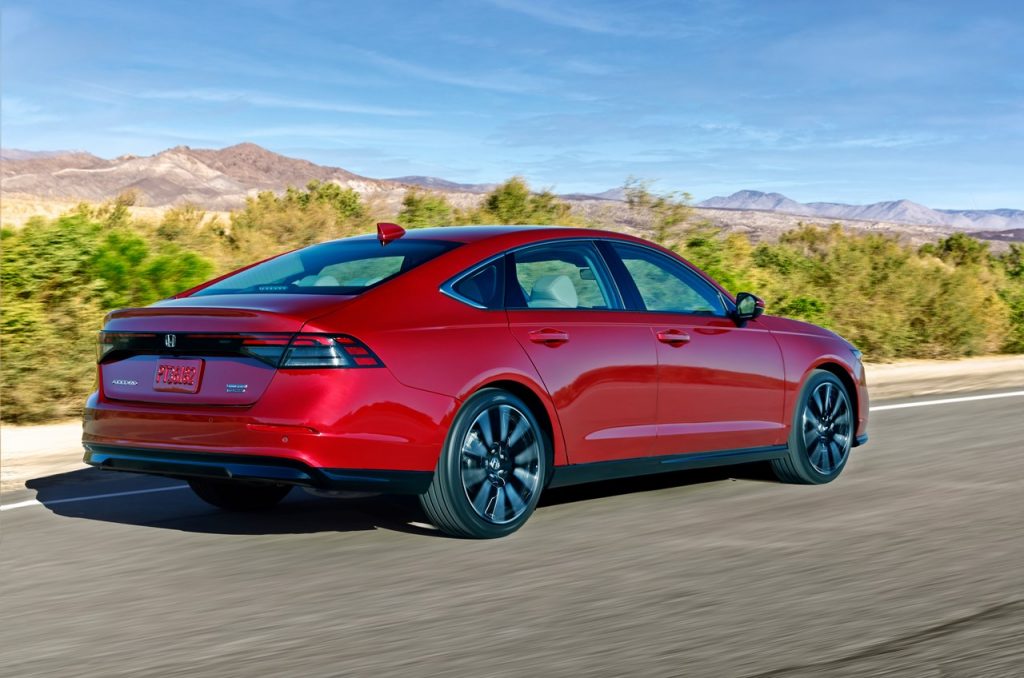
There are 4 selectable drive modes to optimize performance for various conditions. The hybrid powertrains also have a Sport mode with pre-set performance settings for powertrain response, steering assist level, gauge cluster layout and adaptive cruise-control settings. There is also a new Individual mode that enables more specific customization of settings.
Suspension and steering updates include retuning of the 4-wheel independent suspension. For improved steering smoothness, there’s a new front suspension damper mount bearings and ball joints to reduce friction. Overall ride quality is said to be improved with the updates.
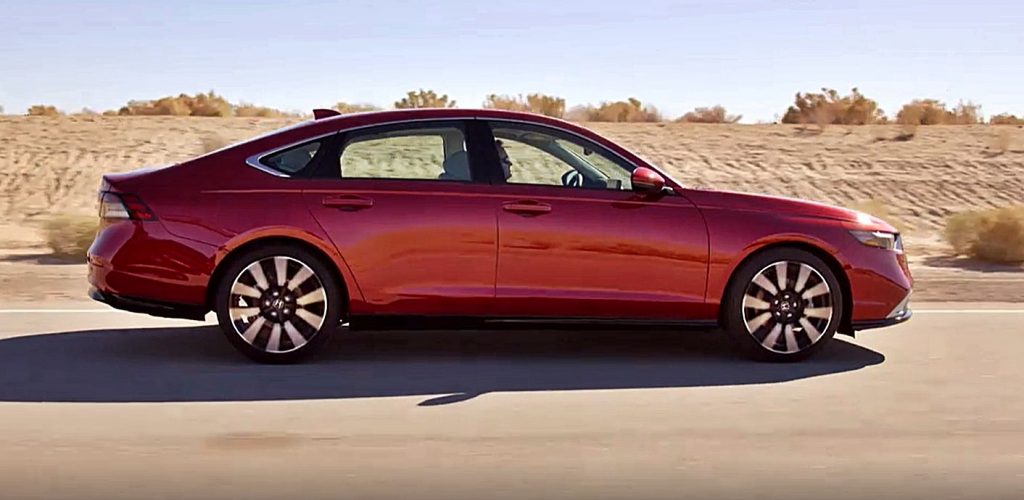
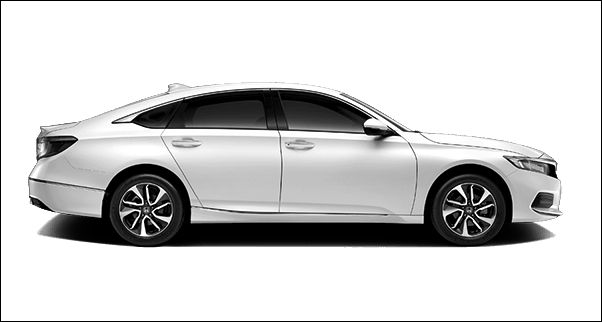
The new design is longer and sleeker with a broad stance and low horizontal beltline that further advance the new Honda design direction. The front end of the long bonnet has the new ‘face’ of Honda which is a total departure from what has been used for the past few generations.
Honda has used laser brazing technology to weld the roof without the need for roof molding. This gives the fastback roofline a smooth and clean appearance.
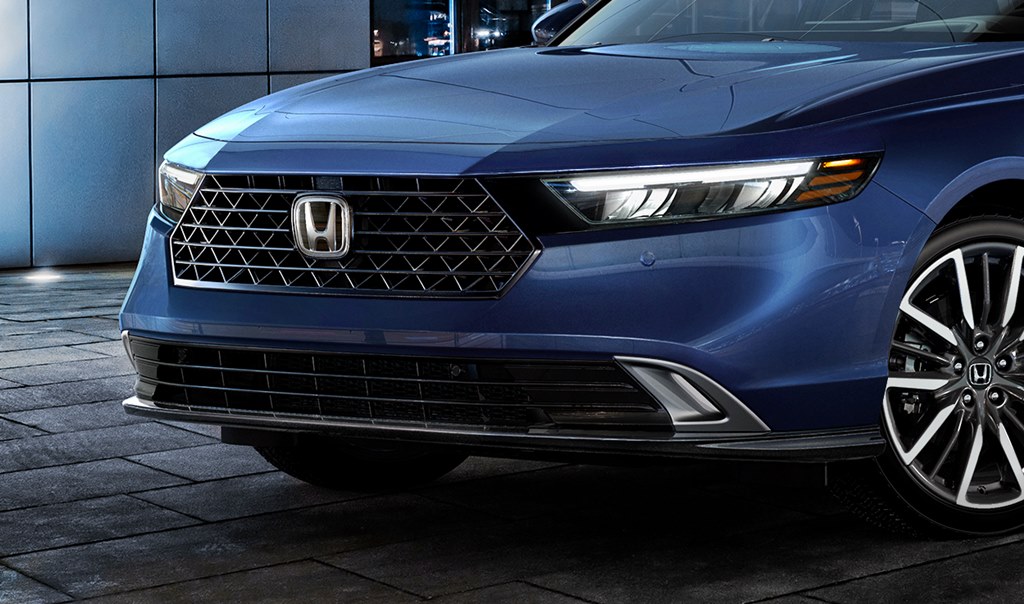
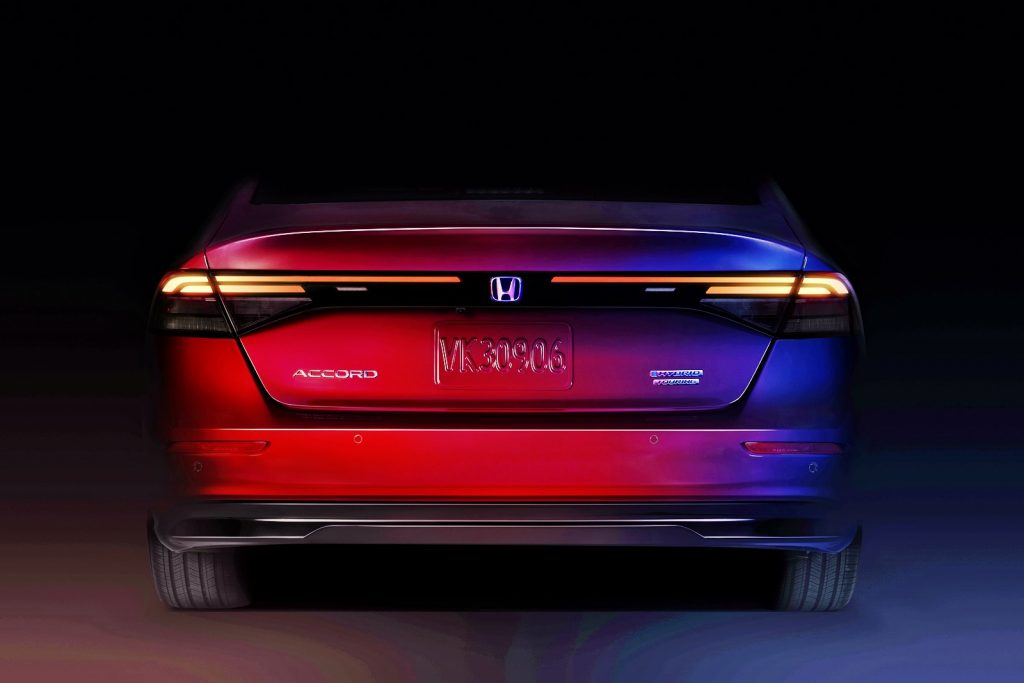

Inside the new Accord hybrid versions is Honda’s largest touchscreen ever – a 12.3-inch unit with a physical volume knob and a simplified navigation structure with fewer menus. A 25 mm finger rest at the bottom of the touchscreen makes it easier to use by providing a stable surface to rest the hand. Other versions get a 7-inch touchscreen.
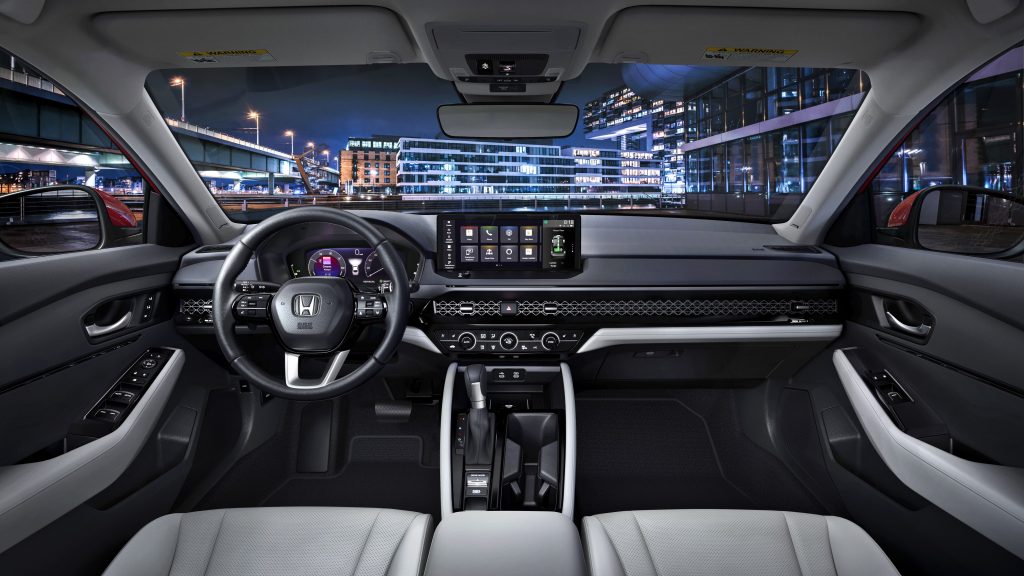
Besides wireless Apple CarPlay and Android Auto compatibility, there’s also the brand’s first integration of built-in Google for more extensive connectivity. This makes available apps like Google Assistant, Google Maps, etc, just like what is available on a smartphone and the apps can be operated from the touchscreen. There are also user-selectable functions such as Honda Sensing settings and vehicle information.
Besides the large touchscreen, the top version also has a HUD (head-up display) and a 12-speaker Bose premium audio system with Bose Centrepoint technology and Bose SurroundStage digital signal processing.
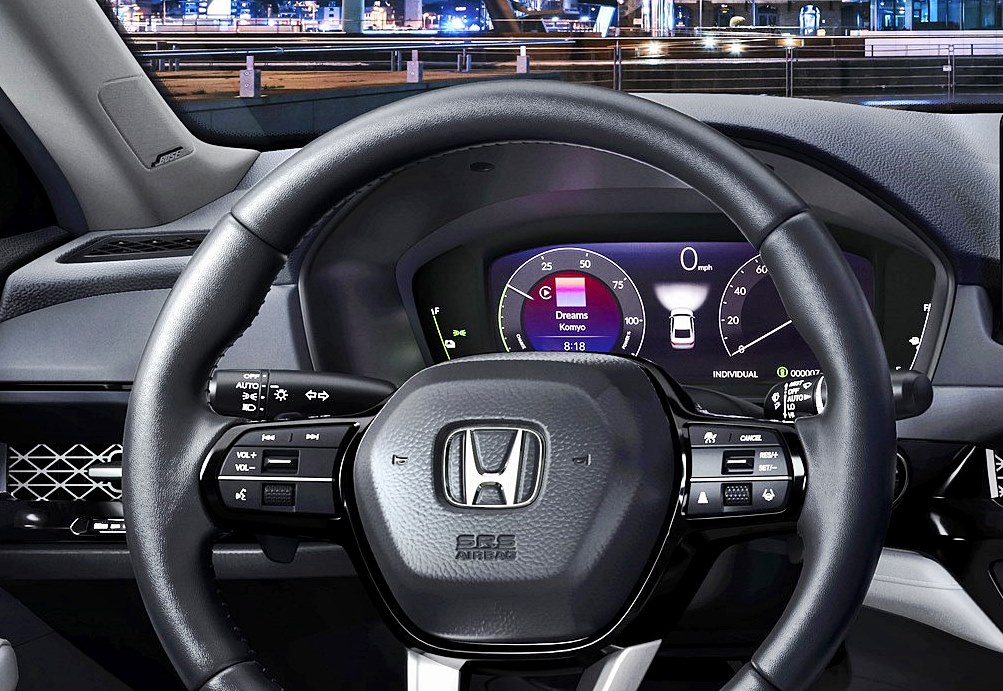
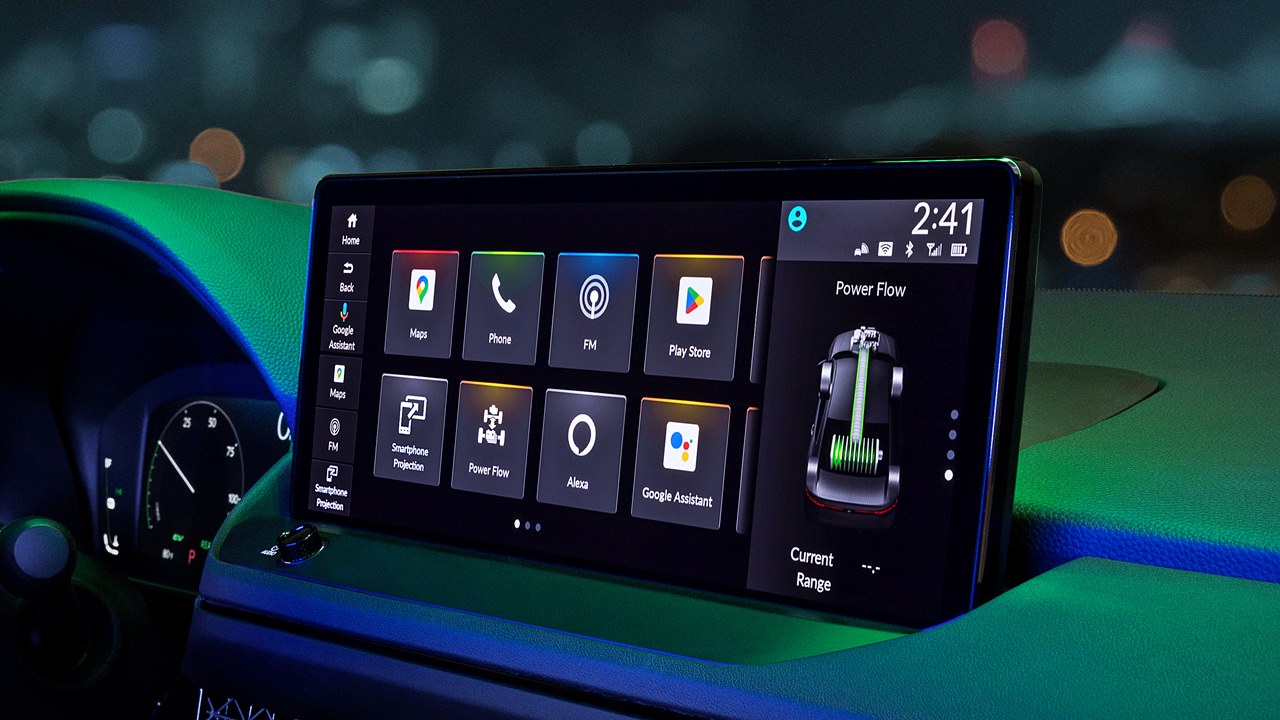
Like the new Civic, the dashboard has a metal mesh panel spanning its width which serves both form and function. It conceals the air vents that would otherwise disturb the uncluttered appearance.
The front occupants have new Body Stabilizing Seats that reduce fatigue on long drives. Close attention has been paid to the operation of all switchgear and controls, resulting the shift knob being angled towards the driver by 5 degrees. This has also allowed the cupholders to be positioned to the side of the shift knob and still hold large cups.
Honda says the new Accord has class-leading passenger volume and rear seat legroom, as well the most cargo room in its class.
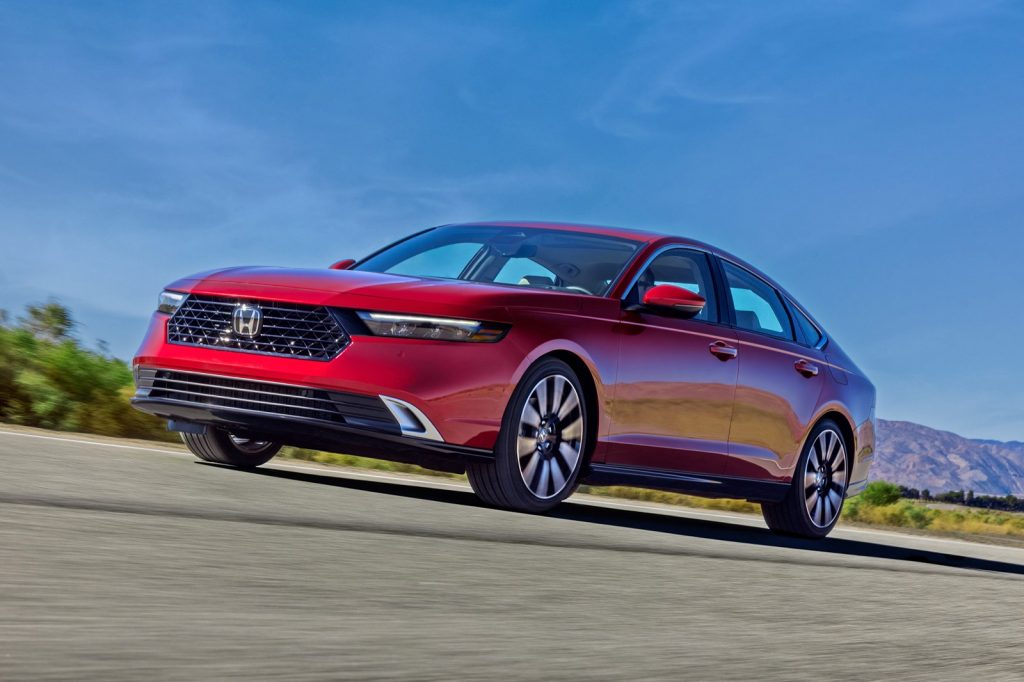
In the safety department, the new model has new Honda Sensing technology and more advanced airbags. The new driver and front passenger airbags are designed to minimize the potential for severe brain trauma associated with angled frontal collisions. The driver’s airbag uses an innovative tuck sewing structure to increase the rigidity of both sides of the airbag. The passenger-side front airbag uses a three-chamber design with the two outer chambers designed to cradle the head and minimize rotation. For the first time, the Accord includes standard knee and rear-passenger side impact airbags.
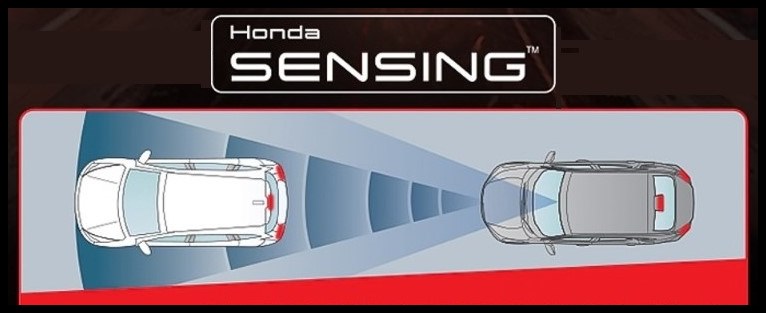
Many of the Honda SENSING technologies draw on imagery captured by a new camera with a wider 90-degree field of view and data from a wide-angle radar with a 120-degree field of view. This wide angle improves collision prevention performance via improved ability to recognize attributes of objects, such as a vehicles or pedestrians, as well as white lines, road boundaries like curbs, other vehicles, pedestrians, bicyclists, motorcycles, and road signs. The wide angle also enables expanded control range at intersections.
The Blind spot information system has also been expanded, the radar range now extending to 25. Also new is Traffic Jam Assist (TJA), a system which was first used in the latest Civic and some Acura models. TJA uses the radar and camera of the Honda SENSING system to detect and monitor left and right white (yellow) traffic lane lines as well as any vehicle ahead. From analysing the data, the system adjusts the speed of the car to maintain a set interval with the one ahead. It also applies steering torque to keep the car in the centre of the detected lane when driving in heavy traffic. This technology is probably developed with autonomous motoring in mind.
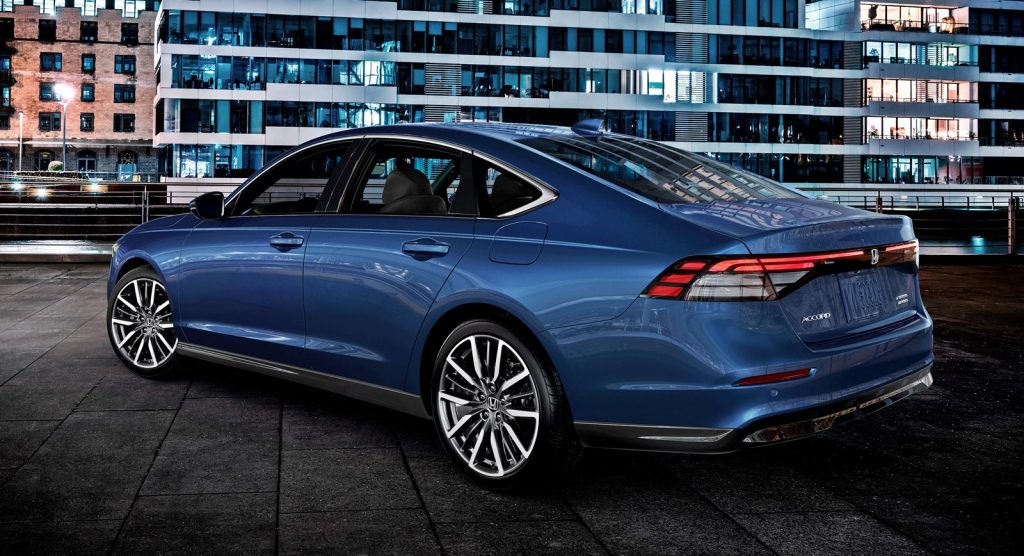
As with the other global models, the new Accord will eventually reach ASEAN but it may receive some minor changes to suit tastes and cost targets for the region. How long it will take to appear on our roads is hard to say. While it seems like the waiting period has lengthened a bit over the years, the new Civic Hybrid has been launched in ASEAN quite quickly after its global debut. The shortage of microprocessors will also have an influence on the timing.
To know more about Honda models in Malaysia and locate a showroom to test them, visit www.honda.com.my.




